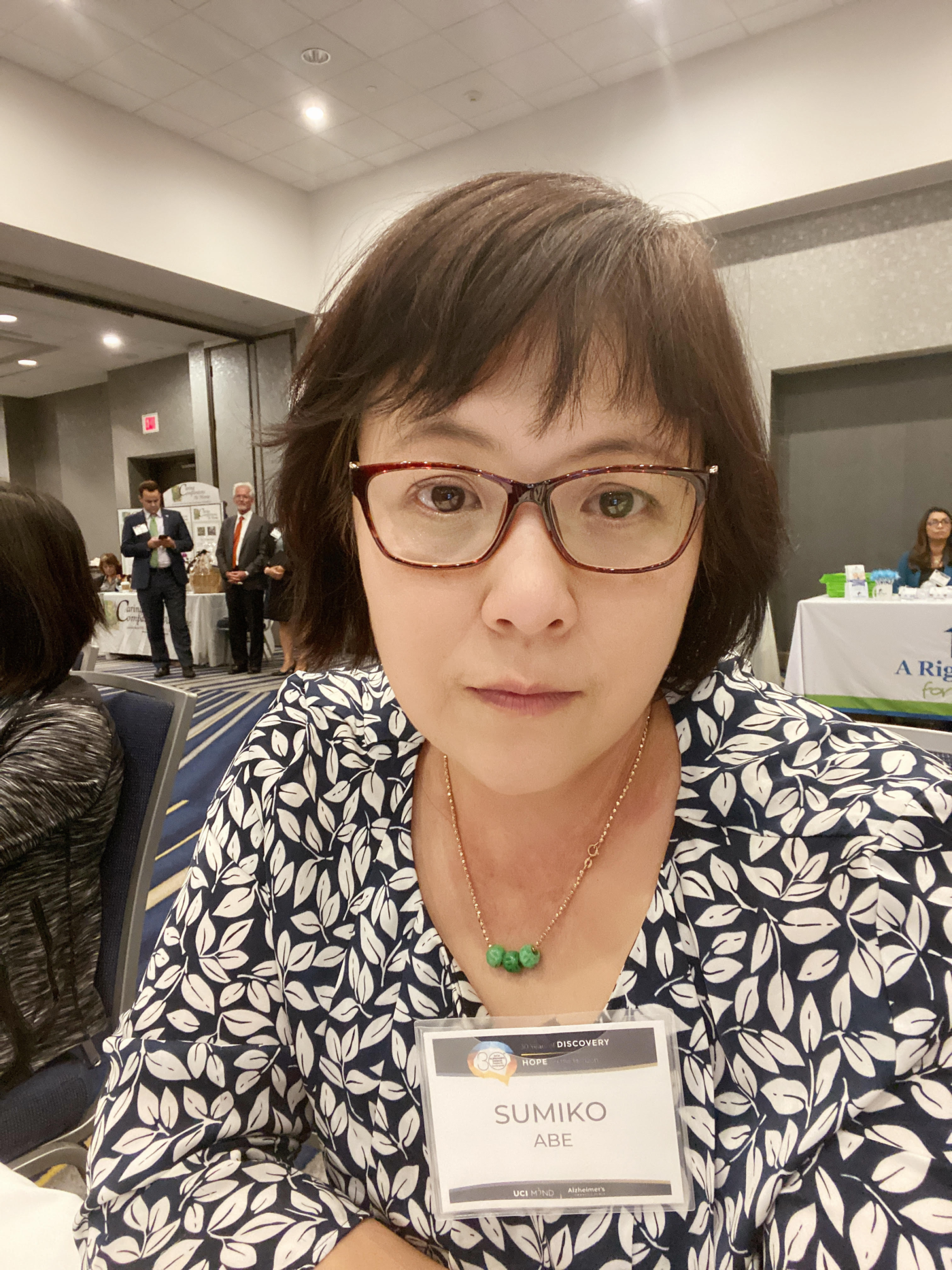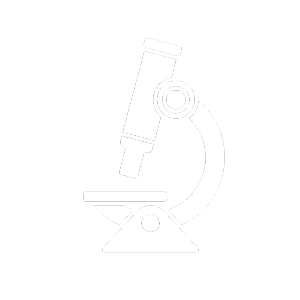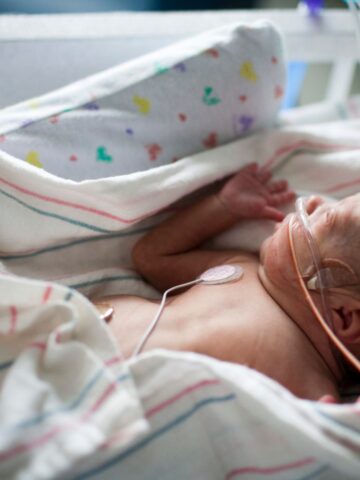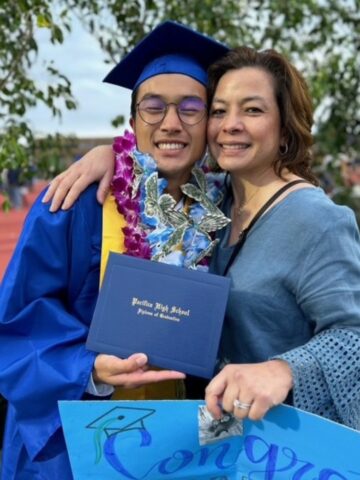You could call Sumiko Abe a brainiac, and you’d be spot on.
And not just because of her advanced academic degrees.
She’s pretty much obsessed with the brain. Her job at CHOC is helping clinicians get the best possible views of it to help them come up with the most effective treatments.
She picks up from her desk a 3D brain puzzle.
“Pretty cool, huh?” Sumiko says, adding with a laugh: “But the cerebellum piece is missing.”

As a scientist in the CHOC Research Institute, Sumiko is a specialist in creating sophisticated computational neuroimaging on her computer. These beautiful 3D color animations can be rotated around like silent movie clips, allowing – for example – neurosurgeons to determine the most optimal areas to surgically implant electrodes to treat such conditions as dystonia, a movement disorder, and epilepsy.
Prior to her being recruited to CHOC in April 2020 by Dr. Terence Sanger, vice president for research and chief scientific officer, the hospital wasn’t known for its robust image processing. Now it has become a bigger focus, not just on the research side but also the clinical side.
Impacting patient care
Sumiko, who was born in China and spent 16 years working in Japan before coming to California in 2005, is an expert in medical image information processing and systems including PACS (picture archiving and communications system). She also has an in-depth knowledge of computer engineering and science in medical applications.
Sumiko has designed and developed seven commercial medical imaging analysis systems for magnetic resonance imaging (MRI), positron emission tomography (PET), and computer tomography (CT) modalities. One of these systems has been launched globally as a product and three have been launched in Japan.
At CHOC, she works closely with doctors who need to get a better look at the intricacies of the brain and diseases that affect it, including cancerous tumors. Being able to directly impact patient care is something new for Sumiko, and something she cherishes.
“I feel I can do something for them,” she says. “I also am learning a lot from doctors.”
Sumiko’s work is reviewed by doctors as they develop a plan to treat a patient. The computerized images she creates helps them to determine how to perform surgeries in the most effective and safest manner.
Groundbreaking technology
Sumiko, who speaks fluent Mandarin, Japanese, and English, runs patient data provided by doctors through software systems FreeSurfer, Dsi Studio, and FSL, among others. These systems analyze brain images using a set of programs. The technology includes high-definition neuro fiber tracking, which allows neurosurgeons to visualize different brain tracts with clarity and accuracy. The groundbreaking imaging technology makes the connections in the brain visible to the human eye.
Sumiko can impose the different modality images that show the functional and structural aspects of the brain, as well as information from an EEG, a test that detects electrical activity in the brain, and an MEG, an advanced method of recording and evaluating the brain while it is actively functioning — into one image.
This single image helps doctors verify the accurate location of a lesion and helps them create treatment and surgical plans.
Her skills and expertise include fMRI (functional magnetic resonance imaging), a technique for measuring and mapping brain activity that is noninvasive and safe, neuroimaging, brain imaging, brain connectivity, and brain mapping.
Sumiko wrote some of the coding for FreeSurfer when, from October 2005 through October 2007, she worked as a program analyst in the Department of Neuroscience, School of Medicine, at UC San Diego.
There, she worked with Dr. Anders Dale, one of the world’s leading developers of sophisticated computational neuroimaging techniques. Dr. Dale, founding director of the Multi-Modal Imaging Laboratory Center for UCSD, initially developed FreeSurfer as a graduate student at UCSD.
Splits time with UCI
In addition to working at CHOC 28 hours a week, Sumiko works an additional 12 hours a week at UC Irvine, where she’s a scientist in the Department of Electrical Engineering and Computer Science.
Sumiko studied mathematics as an undergraduate at Tianjin Normal University in China.
She went on to earn a Master of Science in electronic engineering from Akita University in Akita, Japan, followed by a Doctor of Philosophy in system engineering in 1997 at Akita University.
Her other career stints before joining CHOC include working as a senior research scientist at an applied science laboratory of a medical system manufactory in Tokyo; as an application scientist at a medical group in Tokyo; as a senior R&D software engineer at a private firm in San Diego that is a global leader in intravascular imaging for coronary and peripheral therapeutic devices; and as a professional analyst in the Department of Psychiatry & Human Behavior, School of Medicine, UCI.
Prior to coming to CHOC, Sumiko worked for five years as a senior research scientist in the Laboratory of Neuro Imaging (LONI) at USC’s Keck School of Medicine
It was at LONI where Sumiko got the 3D brain puzzle that sits on her desk in her office on the 10th floor of the Commerce (505) Building.
Outside of work, Sumiko enjoys cooking, traveling and shopping for antiques.
But there’s one thing she enjoys even more, and it’s no surprise:
“I love the brain,” she says. “And with my work here at CHOC, I know I’m doing something for the kids. If they can get better, their families will be happy.”

Learn about pediatric research and clinical trials at CHOC




